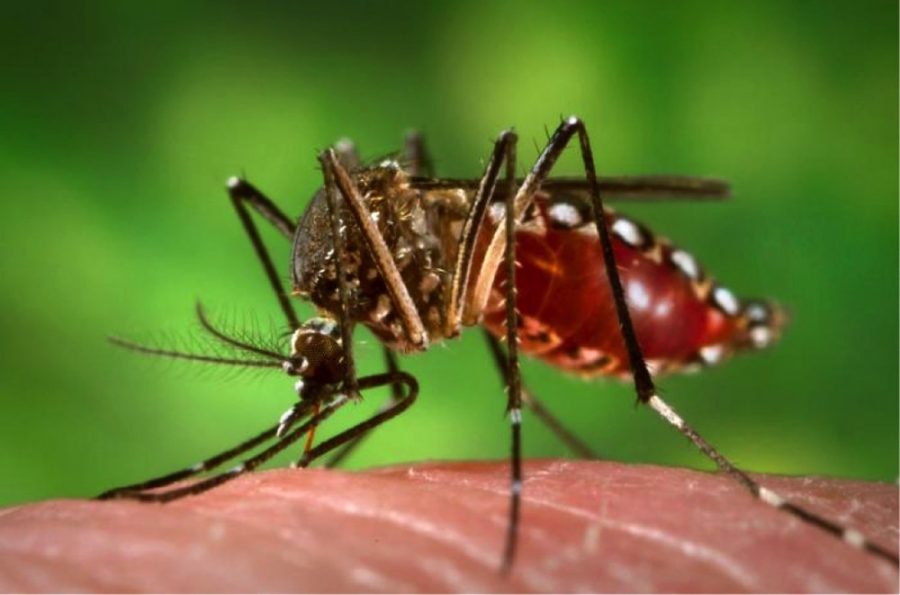Climate change has been linked to warmer temperatures that are, in turn, causing increases in disease-carrying microorganisms. Kelly Reynolds, UA researcher and associate professor at the Mel & Enid Zuckerman College of Public Health, is developing a new method to measure the levels of waterborne pathogenic microbes, including a microorganism called Naegleria fowleri that thrives in warmer weather conditions.
The need for a minimally contaminated water supply has encouraged the development of advanced techniques aimed at evaluating the microbial composition of water samples. One such technique has evolved in Reynolds’ research, which uses laser analysis to identify surface proteins unique to particular microbes.
“One of the strategies we’re developing is a better way to automatically track the changes of microbial populations in the water supply by using a real time monitoring system,” Reynolds said.
By passing an electrical current through a glass fiber in a water sample, a charge is generated, which attracts microbes to the fiber. An infrared laser is then passed above the surface of the fiber, and disruptions in the laser’s path are recorded, Reynolds explained. These disruptions are actually functional surface proteins, and the readings can be matched to the fingerprint of specific microbes to determine the organisms that are present.
“We want to make sure we have not only good sensitivity in our method but also good specificity,” Reynolds said.
The vast number of microbes present in real-world samples makes it difficult to separate good background bacteria from harmful pathogens.
“No level of pathogen in a water sample is safe, but there are acceptable levels,” Reynolds said. “Right now, the regulatory standard for acceptable rate of illness is 1 in 10,000 per year. The key is that your method is sensitive enough to guarantee that low level of contamination.”
According to the Centers for Disease Control and Prevention, N. fowleri lives in warm freshwater and can travel up the nose and into the brain, causing primary amebic meningoencephalitis. This disease results in brain inflammation, tissue degradation and death. N. fowleri has a mortality rate of over 97 percent in patients who exhibit disease symptoms.
“When you have an increase in water temperature above ambient, the result is increased microbial growth and metabolism,” Reynolds said.
Warmer temperatures and an abundant algal food supply provide Naegleria with optimal conditions for growth, Reynolds added.
Even though rising N. fowleri levels have a more direct relationship to climate change in the U.S., increasing temperatures and other environmental factors are causing higher levels and spread of other types of diseases as well, primarily zoonotic and vector-borne diseases.
“Rabies is an example of a zoonotic disease, because it is involved in animals and can be transmitted to humans,” said Heidi Brown, associate professor of epidemiology at the College of Public Health. “West Nile virus is a vector-borne disease, because it requires a mosquito vector to transfer the virus from animals that tend to be a reservoir for the disease to humans.”
According to a report by the U.S. Environmental Protection Agency, in the U.S., environmental changes may also lead to the spread and increase of diseases such as West Nile and Lyme disease.
To an extent, higher temperatures and increased precipitation can potentially magnify the population and extend the life cycle of disease-carrying vectors like mosquitoes, Brown explained.
Although vector-borne diseases such as the West Nile virus are more common in the U.S., N. fowleri poses a greater potential threat due to its high mortality and because its growth can be more closely correlated with global warming trends.
“Naegleria is one example that hits close to home for Arizonans,” Reynolds said. “We already have cases of Naegleria fowleri occurring in our summer months.”
_______________
Follow Jacob Witt on Twitter.









